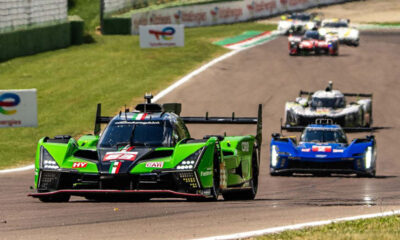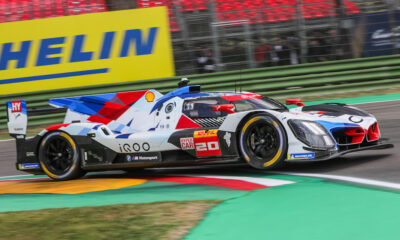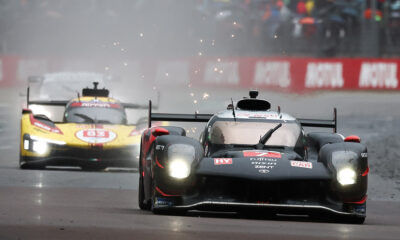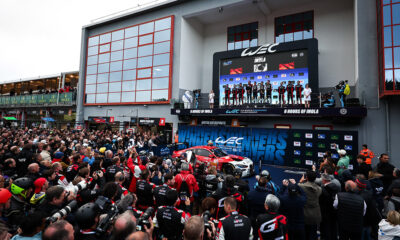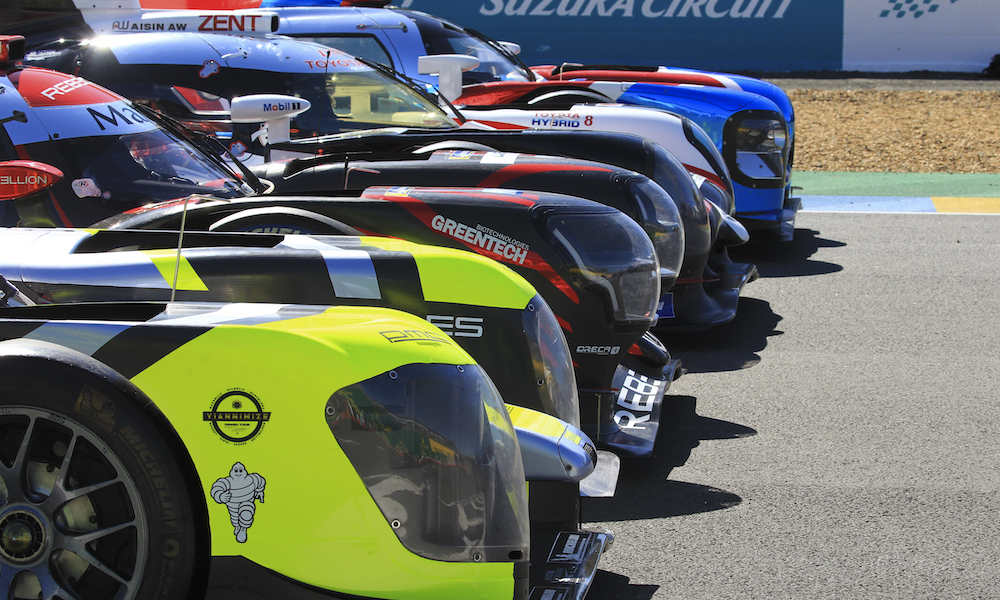
Photo: MPS Agency
Introducing success ballast to the LMP1 class of the FIA World Endurance Championship could help shape the same system when it becomes part of the Hypercar formula in 2020, according to senior figures from the ACO and Toyota Gazoo Racing.
The WEC organizing body recently revealed plans to give additional weight to cars that do well in next season’s races, as a way of ensuring closer competition between Toyota and the non-hybrid teams.
It hasn’t been determined how success ballast might be rolled out in LMP1, with ACO sporting director Vincent Beaumesnil declining to give further details on its integration within the existing Equivalence of Technology.
However, he told Sportscar365 that plans to introduce the concept in the 2019-20 season will be an advantage for when a similar system is brought in for the following campaign, which is set to be the first for the Hypercar regs.
“This went through the [FIA] World [Motor Sport] Council of December, when we adopted the Hypercar rules as a principle for September 2020,” said Beaumesnil.
“We have already adopted with the World Council that we would have a system like that. And now we think why not start looking at it one year earlier.
“I cannot say more than this at the moment. Honestly, it’s just the principle of having something that’s automatic and less based on judgment.
“I would say that we have not looked more in detail at the principle of this, but we like the idea.”
Toyota has welcomed the move towards a success ballast system, with its team director Rob Leupen agreeing that it can help mould the future rules.
The Hypercar class is set to be open to both OEM factory teams and privateer efforts, while a performance-balancing system has been proposed.
“It’s to keep racing attractive, not only for us but for the others,” Leupen told Sportscar365.
“It’s a good solution and if it’s coming into future regulation we could test it very well. You have two advantages: next year you will have more competition, and if you test it with a proper way and the new regulations from 2020 onwards.
“So you have a very well-tested system. It’s fair to say that if we get more racing next year and Toyota would not win all races, it should be something that would also be good for the spectators.
“It might be difficult to accept something that is part of the sport to make it more attractive.”
Leupen said Toyota does not want to “deny the sport” after the manufacturer’s dominant run in 2018-19 ‘Super Season’, which ends at the 24 Hours of Le Mans this month.
“We know it’s necessary. We thought they [the non-hybrids] would come closer during this season, and they more or less did, but we were very surprised about our performance in Spa and Sebring,” he said.
“Apparently we need to do more, so from our point we said yes to make it more interesting.
“It’s open and it’s a system we know from Super GT, so there is a constant information exchange between us and the ACO. We still want to jointly make it more interesting. You talk about the BoP in the 2020 regulations onwards, so why not?”
While skipping on details of the process, Beaumesnil affirmed that success ballast in LMP1 would minimize discussions about relative performance in the category.
Toyota has won all but one of the races held so far in the 2018-19 season, while its cars have finished 1-2 in five of the seven rounds to date.
This has come despite changes to the LMP1 EoT that have helped the non-hybrid cars to reduce their single-lap pace deficit to the Toyota TS050 Hybrids.
“In the end, with a principle like that, it’s important to have more people competitive,” said Beaumesnil.
“With EoT we work very hard and try hard. Performance is not only related to the technology of the car, there are so many other parameters.
“In the end, it creates many discussions because EoT is based on data collected and then people have to decide. For sure, other parties do not always agree with the decisions.
“With success ballast, we have a way to make the performance closer between the competitors without having all these discussions.
“This also helps to create closer competition and not enforcing teams to spend crazy money to be competitive.
“And at the same time, we know from our experience looking at what is in place in other championships, that in the end the best team wins the championship normally, with this system.”



















